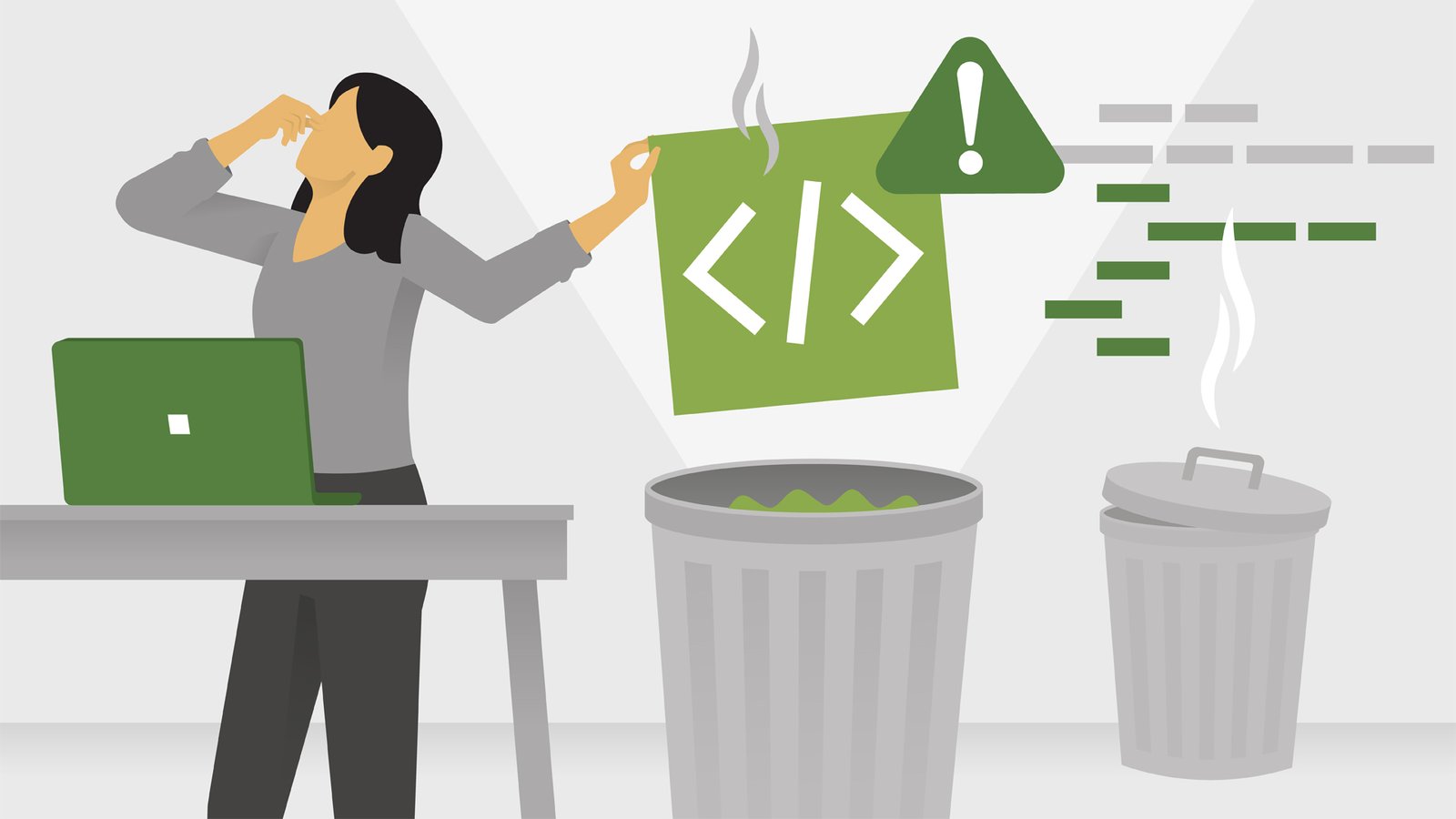Code Smells in Python: What They Are and How to Fix Them

In software development, the term “code smell” refers to certain patterns in code that indicate the presence of a deeper problem. These issues can make code more difficult to maintain, less readable, and can cause bugs or performance issues.
Here are some common code smells in Python and tips on how to fix them:
- Long Methods
A long method is a method that exceeds a certain length, usually around 20-30 lines of code. Long methods can make code difficult to understand and maintain because they contain a lot of information in one place.
To fix this code smell, you can break down the long method into smaller, more focused methods. This makes the code more readable and easier to maintain.
Example:
def process_data(data):
# Code to process data
# ...
# Code to clean data
# ...
# Code to analyze data
# ...
# Code to visualize data
# ...
# Refactored code
def process_data(data):
data = clean_data(data)
data = analyze_data(data)
data = visualize_data(data)
return data
def clean_data(data):
# Code to clean data
# ...
return data
def analyze_data(data):
# Code to analyze data
# ...
return data
def visualize_data(data):
# Code to visualize data
# ...
return data
2. Duplicated Code
Duplicated code refers to when the same code is repeated multiple times in different parts of the program. This code smell can lead to bugs and make it difficult to maintain the code because changes must be made in multiple places. To fix this code smell, you can extract the duplicated code into a separate function and call that function whenever you need it. Example:
# Duplicated code
def process_data1(data):
# Code to process data
# ...
return data
def process_data2(data):
# Code to process data
# ...
return data
# Refactored code
def process_data(data):
# Code to process data
# ...
return data
def process_data1(data):
return process_data(data)
def process_data2(data):
return process_data(data)
- Large Class
A large class is a class that contains a lot of methods and attributes, making it difficult to understand and maintain.
To fix this code smell, you can extract the methods and attributes into separate classes and use inheritance to create a more organized structure.
Example:
# Large class
class DataProcessor:
def process_data(self, data):
# Code to process data
# ...
def clean_data(self, data):
# Code to clean data
# ...
def analyze_data(self, data):
# Code to analyze data
# ...
def visualize_data(self, data):
# Code to visualize data
# ...
# Refactored code
class DataProcessor:
def process_data(self, data):
data = self.clean_data(data)